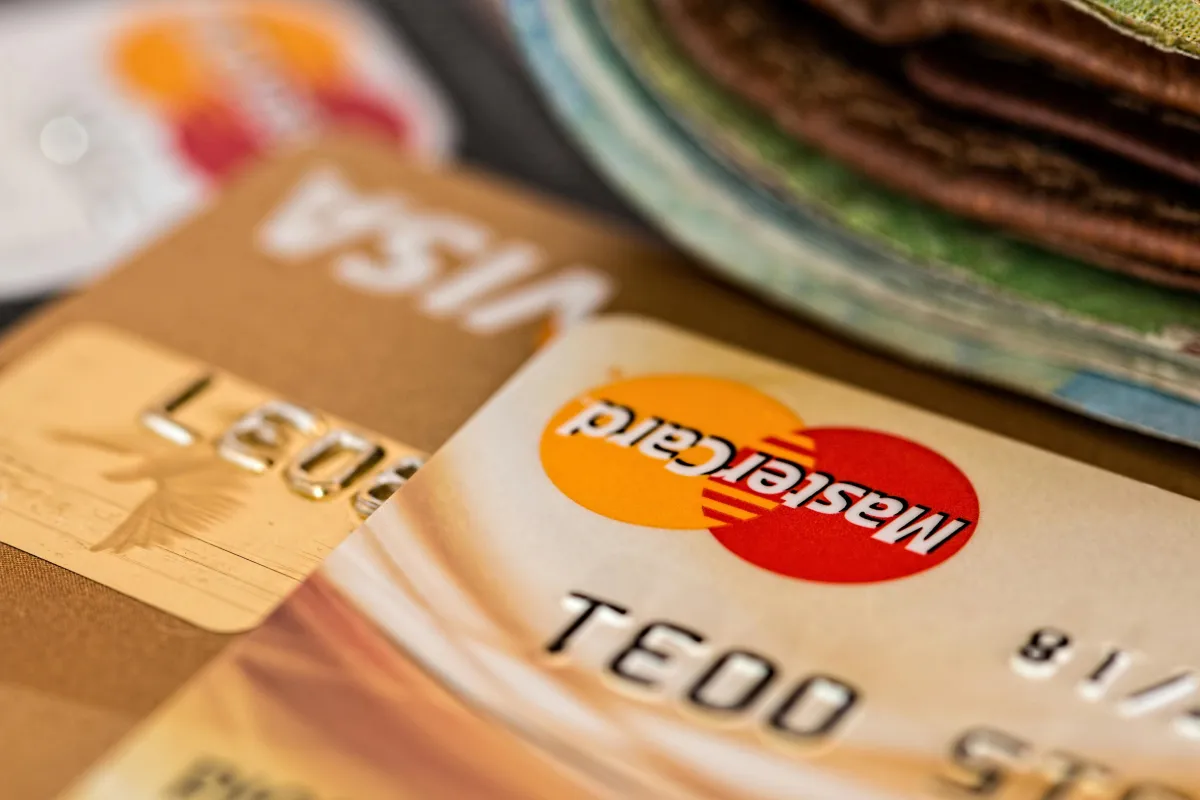OUR LATEST POSTS

How to Build an Emergency Fund Even on a Tight Budget
An emergency fund is a financial safety net that provides peace of mind and protection against unexpected expenses. Whether it’s a medical bill, car repair, or sudden job loss, having a cushion can prevent you from spiraling into debt. But what if you’re already living on a tight budget? The good news is, building an emergency fund is possible, even with limited resources.
Here’s a step-by-step guide to help you get started.
1. Set a Realistic Goal
Start with a clear and achievable savings target.
Small Steps Add Up: Aim for $500 to cover basic emergencies, then gradually work toward a larger goal of three to six months' worth of expenses.
Break It Down: If $500 feels overwhelming, divide it into manageable chunks—$50 a month, for example.
Having a specific number in mind makes the process less daunting and keeps you motivated.
2. Track Your Expenses
Understanding where your money goes is crucial.
Review Your Spending: Use a budgeting app or notebook to categorize your expenses.
Identify Areas to Cut: Look for non-essential expenses like subscriptions, dining out, or impulse buys.
Even small changes, like brewing coffee at home instead of buying it, can free up funds for your emergency savings.
3. Create a Dedicated Savings Account
Keeping your emergency fund separate from your regular checking account reduces the temptation to dip into it.
Open a High-Yield Savings Account: These accounts earn interest, helping your fund grow faster.
Automate Your Savings: Set up automatic transfers to ensure consistency, even if it’s just $10 a week.
Out of sight, out of mind can be a powerful strategy for saving.
4. Find Ways to Boost Your Income
Increasing your earnings can help you save faster.
Take on Side Gigs: Consider freelancing, babysitting, pet sitting, or other part-time work.
Sell Unused Items: Declutter your home and sell items you no longer need on platforms like eBay or Facebook Marketplace.
Participate in Surveys or Cashback Apps: These won’t make you rich, but every little bit helps.
Direct any extra income straight into your emergency fund to avoid spending it elsewhere.
5. Use Windfalls Wisely
Tax refunds, work bonuses, or cash gifts are perfect opportunities to grow your savings.
Prioritize Your Fund: Allocate at least a portion of any unexpected money to your emergency account.
Avoid Lifestyle Inflation: Resist the urge to spend windfalls on luxuries—your future self will thank you.
6. Practice Frugality in Everyday Life
Small lifestyle adjustments can lead to significant savings over time.
Cook at Home: Save money by preparing meals at home instead of eating out.
Embrace DIY: Handle small repairs or projects yourself instead of paying for services.
Cut Energy Costs: Use energy-efficient practices to lower utility bills.
The money you save from these habits can be redirected to your emergency fund.
7. Save Found Money
Often, we overlook small amounts of money that could add up.
Round-Up Savings Apps: Apps like Acorns or Qapital round up your purchases and save the spare change.
Cashback Programs: Use cashback credit cards or apps like Rakuten to earn money on your purchases.
Spare Change Jar: Old-fashioned, but effective—empty your coins into a jar and deposit them once it’s full.
These small efforts make saving feel less like a sacrifice.
8. Stay Consistent and Celebrate Milestones
Saving on a tight budget requires discipline, but consistency is key.
Track Your Progress: Regularly review your savings to stay motivated.
Celebrate Small Wins: Reward yourself when you hit milestones, like reaching your first $100 or $500.
Acknowledging your progress keeps you inspired to continue.
9. Avoid Common Pitfalls
Building an emergency fund doesn’t have to mean financial stress.
Don’t Neglect Bills: Ensure your basic needs and obligations are met before saving.
Avoid Over-Saving: If money is tight, prioritize a modest fund while managing other financial responsibilities.
10. Keep Your Fund Growing
Once you reach your initial goal, continue contributing to ensure long-term stability.
Adjust Contributions: As your income grows, increase the amount you save.
Reassess Your Goal: Regularly evaluate your fund to ensure it aligns with your current financial needs.
Building an emergency fund on a tight budget may take time, but every dollar saved brings you closer to financial security. By setting realistic goals, tracking your expenses, and embracing small changes, you can create a safety net that protects you from life’s unexpected challenges.
Start today—even if it’s just a few dollars a week—and watch your savings grow. Your future self will thank you for the effort and discipline you put in now.
One or more of the links above are affiliate links, meaning, at no additional cost to you, we will earn a slight commission if you click through and make a purchase. Each of these products is chosen by a trusted member of our team.

